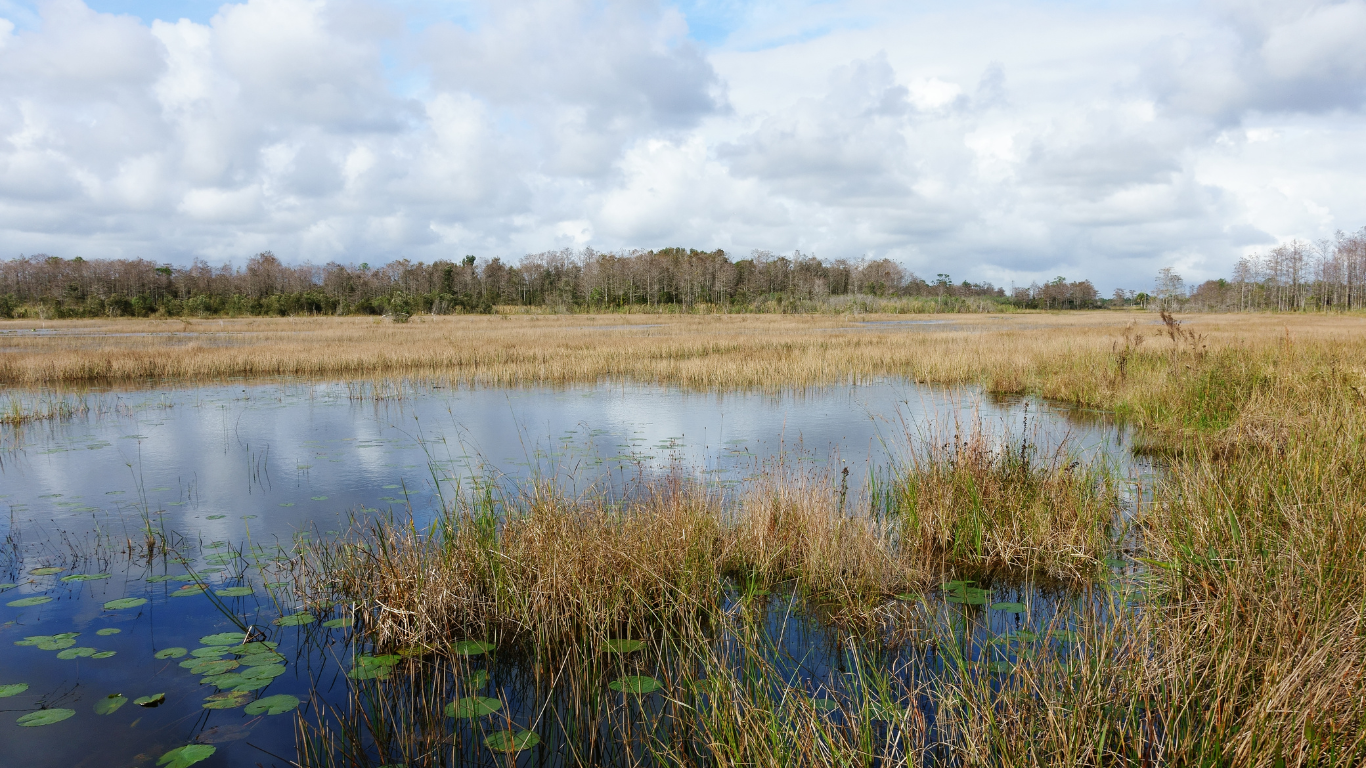Providing Stormwater Leadership in the Delaware River Watershed
 The Center for Watershed Protection (CWP) recently wrapped up a seven-year stretch as a Technical Field Liaison for the National Fish and Wildlife Foundation (NFWF)’s Delaware River Restoration Fund. The Fund was launched in late 2013 with major funding from the William Penn Foundation to help community-based nonprofits to clean up and restore polluted waters and improve habitat for target species across the four-state Delaware River basin. As one of several Technical Field Liaisons, CWP assisted potential grantees in developing proposals that align with funder priorities; assisted NFWF with proposal review; worked with grantees to ensure successful completion of grant outcomes; and helped form and foster networks among grantees to facilitate shared learning.
The Center for Watershed Protection (CWP) recently wrapped up a seven-year stretch as a Technical Field Liaison for the National Fish and Wildlife Foundation (NFWF)’s Delaware River Restoration Fund. The Fund was launched in late 2013 with major funding from the William Penn Foundation to help community-based nonprofits to clean up and restore polluted waters and improve habitat for target species across the four-state Delaware River basin. As one of several Technical Field Liaisons, CWP assisted potential grantees in developing proposals that align with funder priorities; assisted NFWF with proposal review; worked with grantees to ensure successful completion of grant outcomes; and helped form and foster networks among grantees to facilitate shared learning.A primary goal of CWP’s assistance in the Delaware region has been to provide stormwater leadership by assisting potential applicants with project development and readiness as well as identifying common areas of need amongst grantees and applicants and providing training and resources to address these common needs. Some examples of this capacity-building assistance are provided below.
- CWP participated in meetings with the Chester County Water Resources Authority to provide technical information regarding stormwater concepts and designs, stormwater modeling, project crediting, TMDL compliance, and the Pennsylvania Municipal Separate Storm Sewer System (MS4) regulatory structure. These meetings led to CWP creating the Christina Basin Urban BMP Load Reduction Calculation Tool, a spreadsheet tool that simplifies BMP pollution reduction calculation methods for potential grantees in the Brandywine-Christina watershed. The tool was made available for use by anyone in the Christina Basin from grantees to municipal engineers. The Pennsylvania Department of Environmental Protection (PADEP) vetted the entire process to ensure it was consistent with the PADEP’s total maximum daily load (TMDL) guidelines. Through a collaboration with Dr. Barry Evans, the tool has since been installed as a downloadable BMP Spreadsheet Tool in Model My Watershed, and available to any user of the program.
- CWP worked with the Eastern Delaware County Stormwater Collaborative to test a PADEP spreadsheet tool, called the Maximum Extent Practicable Calculator, for potential use in the next Municipal Separate Storm Sewer System (MS4) Permit cycle. The calculator provides a draft Volume Management Objective for nine MS4s in the Eastern Delaware County Stormwater Collaborative to help plan for the next stormwater permit cycle.
- CWP organized and facilitated a meeting between Delaware River Watershed Initiative organizations and the Pennsylvania Department of Transportation District 6 to begin a dialogue that set the stage for successful collaboration that will seek to leverage NFWF funds and William Penn Foundation funds to further water quality goals within the watershed.
To learn more, contact Julie Schneider at jas@cwp.org.
